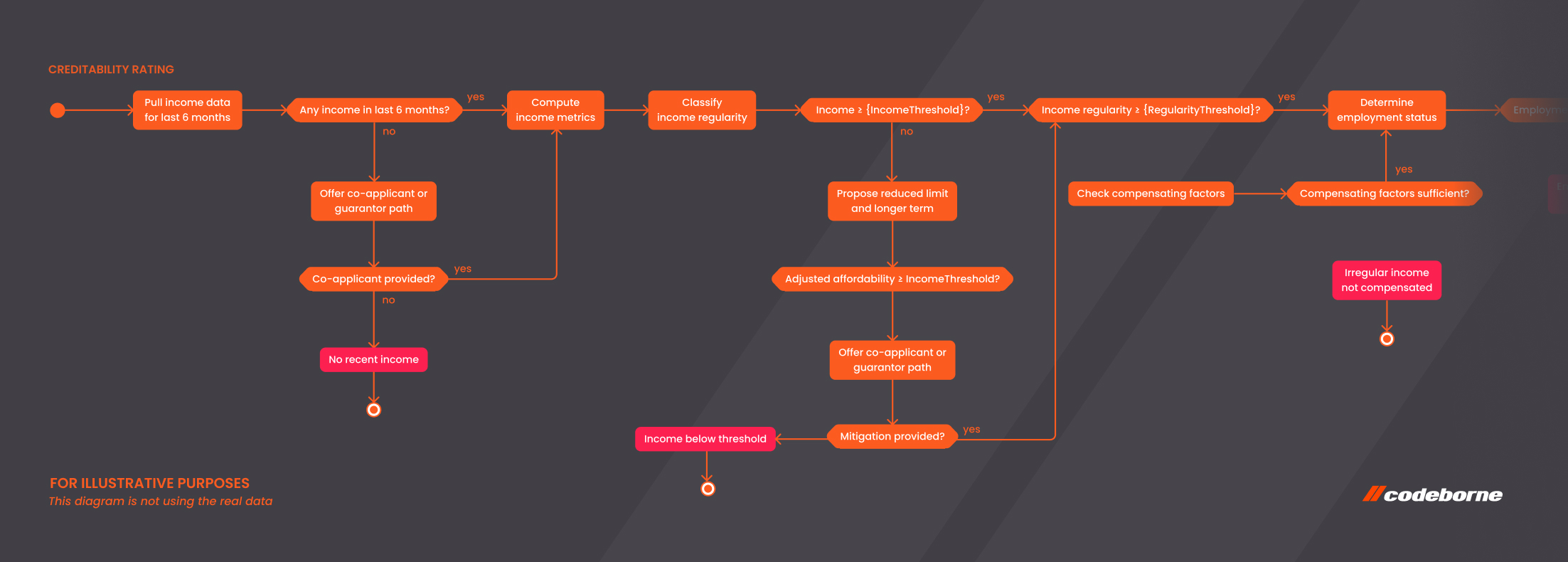Unit-test evolution
This is an example of unit-test evolution which I presented on recent devclub.eu workshop.Let’s consider 3 revisions of the same unit-test class.This is the first revision of this class:
public class ReferenceNumberTest {
@Test
public void testValidate() {
assertFalse( ReferenceNumber.validate("1234567890123") );
assertFalse( ReferenceNumber.validate("1234567") );
assertTrue( ReferenceNumber.validate("12345678") );
}
}
We call it a typical unit-test.At some moment, some developer decides to apply some TDD best practices and split this test-method into 3 with some meaningful names.This is what he got:
public class ReferenceNumberTest {
@Test
public void testTooLong() {
String len13 = "1234567891111";
assertEquals(len13.length(), 13);
assertEquals(ReferenceNumber.validate(len13), false);
}
@Test
public void testTooShort() {
String len7 = "1234567";
assertEquals(len7.length(), 7);
assertEquals(ReferenceNumber.validate(len7), false);
}
@Test
public void testOk() {
String len8 = "12345678";
assertEquals(len8.length(), 8);
assertEquals(ReferenceNumber.validate(len8), true);
String len12 = "123456789111";
assertEquals(len12.length(), 12);
assertEquals(ReferenceNumber.validate(len12), true);
}
}
We call it good unit-test.After some time, some developer decides that even this good unit-test is not human-readable and does not provide enough information about how class ReferenceNumber should work. He continued splitting and renaming.This is what he got at the end:
public class ReferenceNumberTest {
@Test
public void nullIsNotValidReferenceNumber() {
assertFalse(ReferenceNumber.validate(null));
}
@Test
public void referenceNumberShouldBeShorterThan13() {
assertFalse(ReferenceNumber.validate("1234567890123"));
}
@Test
public void referenceNumberShouldBeLongerThan7() {
assertFalse(ReferenceNumber.validate("1234567"));
}
@Test
public void referenceNumberShouldContainOnlyNumbers() {
assertFalse(ReferenceNumber.validate("1234567ab"));
assertFalse(ReferenceNumber.validate("abcdefghi"));
assertFalse(ReferenceNumber.validate("---------"));
assertFalse(ReferenceNumber.validate(" "));
}
@Test
public void validReferenceNumberExamples() {
assertTrue(ReferenceNumber.validate("12345678"));
assertTrue(ReferenceNumber.validate("123456789"));
assertTrue(ReferenceNumber.validate("1234567890"));
assertTrue(ReferenceNumber.validate("12345678901"));
assertTrue(ReferenceNumber.validate("123456789012"));
}
}
We call it BDD style specification.And finally, the most interesting part. During preparing for the workshop, I have discovered that I haven’t copied the original source code of the class ReferenceNumber being tested. Panic! One day left! I had to urgently re-create it from scratch!Now look at these 3 test-classes, and imagine, which of them helped me to create class ReferenceNumber.
Our recent stories
“Backing up” a good product owner
One of the key players in most successful agile projects is a product owner, at least in Codeborne’s practice. Our practice stretches for more than 15 years, during which we have successfully delivered over 100 projects.
Unleashing the power - How Creos partnered with Codeborne to change Luxembourg's energy sector
Creos Luxembourg involved Codeborne in its journey to modernize Luxembourg’s energy sector
Consumer loan system - live in 6 months
Our customer, Luminor, a bank formed from the merger of Nordea’s and DNB’s Baltic operations, sought to modernize its systems.


